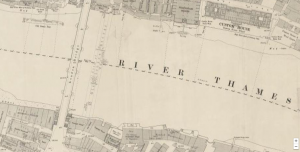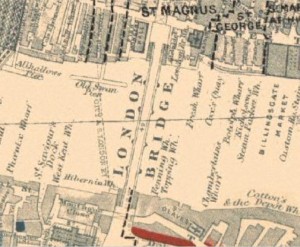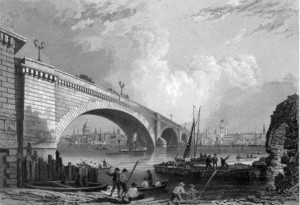Gloucester Place is only mentioned once in the novel The Romance of a Shop. On page 75 the Lorimer sisters, Conny, and Mrs. Devonshire travel from their home in South Kensington to the future home and workshop of the girls on Upper Baker Street along Gloucester Place. This street connects the richer, more fashionable regions of London like Sussex place where Lord Watergate lives with the more working-middle-class area where the Lorimers settle.
As can be seen from the Charles Booth poverty map, Gloucester Place was surrounded by people of upper-middle, middle, lower middle, and working class. This was a major change for the Lorimers, accustomed to living around people solely from their upper-middle rank of society.
Gloucester Place acts as an intermediary between the Lorimers old life of comfort and leisure and their new one of work and uncertainty. Walking along the street in the Victorian Era would be like walking through a chart of the socioeconomic levels of London. The sisters could physically see their economic situation changing, slipping down the rungs of society and class, as they walked between the houses on the street, showing drastically different ways of life. It is the road the connects the Lorimers’ old life with their new one.
Booth, Charles. “Baker Street Station.” Charles Booth Online Archive. Web. 15 Dec. 2015.
Levy, Amy. The Romance of a Shop. Peterborough, Ont.: Broadview, 2006. Print.





